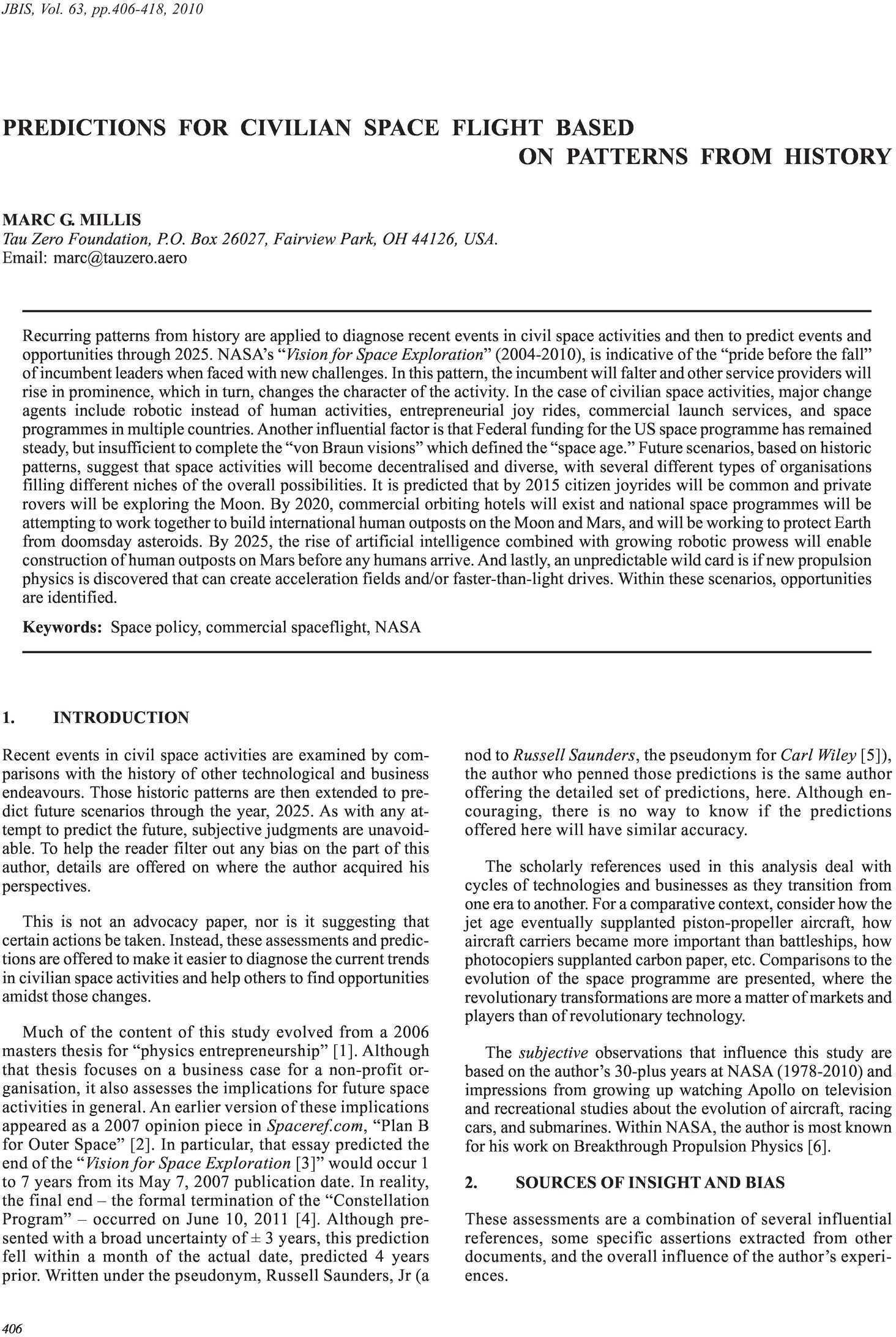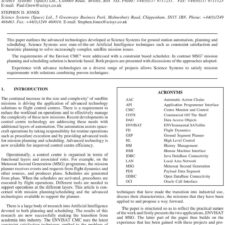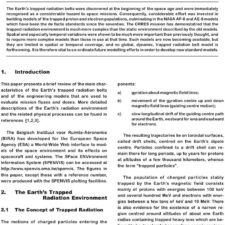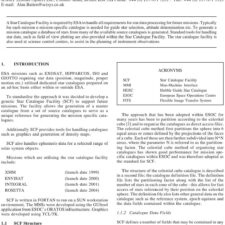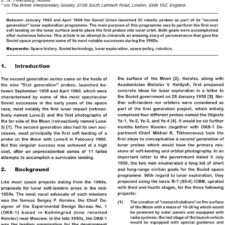Predictions for Civilian Space Flight Based on Patterns from History
£5.00
M. G. Millis (2010), JBIS, 63, pp.406-418
Refcode: 2010.63.406
Keywords: Space policy, commercial spaceflight, NASA
Abstract:
Recurring patterns from history are applied to diagnose recent events in civil space activities and then to predict events and opportunities through 2025. NASA’s “Vision for Space Exploration” (2004-2010), is indicative of the “pride before the fall” of incumbent leaders when faced with new challenges. In this pattern, the incumbent will falter and other service providers will rise in prominence, which in turn, changes the character of the activity. In the case of civilian space activities, major change agents include robotic instead of human activities, entrepreneurial joy rides, commercial launch services, and space programmes in multiple countries. Another influential factor is that Federal funding for the US space programme has remained steady, but insufficient to complete the “von Braun visions” which defined the “space age.” Future scenarios, based on historic patterns, suggest that space activities will become decentralised and diverse, with several different types of organisations filling different niches of the overall possibilities. It is predicted that by 2015 citizen joyrides will be common and private rovers will be exploring the Moon. By 2020, commercial orbiting hotels will exist and national space programmes will be attempting to work together to build international human outposts on the Moon and Mars, and will be working to protect Earth from doomsday asteroids. By 2025, the rise of artificial intelligence combined with growing robotic prowess will enable construction of human outposts on Mars before any humans arrive. And lastly, an unpredictable wild card is if new propulsion physics is discovered that can create acceleration fields and/or faster-than-light drives. Within these scenarios, opportunities are identified.

